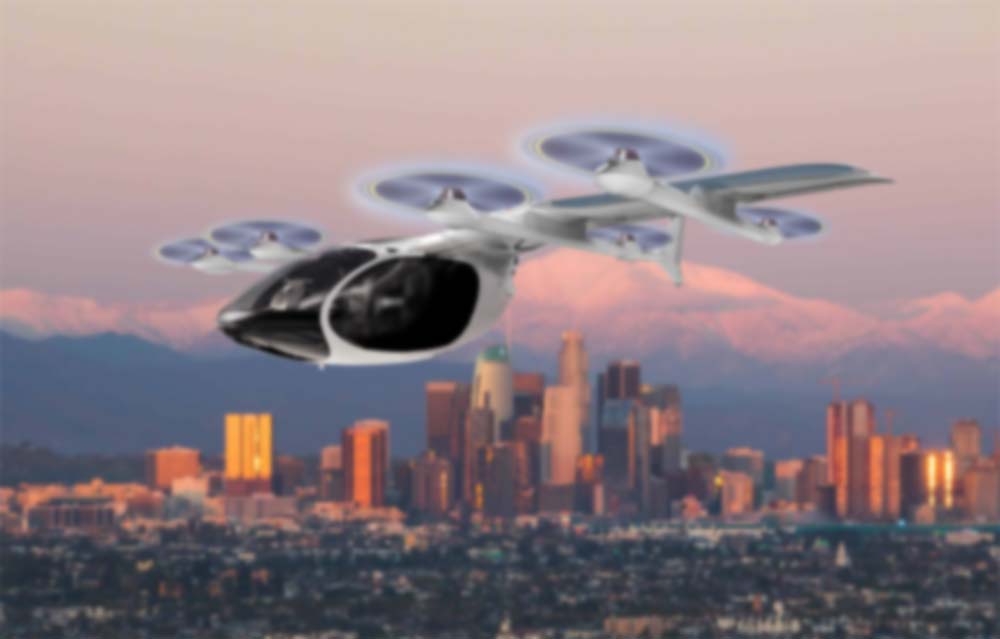MAE has extensive background in VTOL, vertical take off and landing as well as electric vertical take-off and landing or eVTOL testing and validation of all the various systems involved on such aircrafts, and air taxis. Such as
Battery handling, storage, charging, mapping
In-flight energy monitoring, displays and contingency management
Non-linear relation between battery capacity and power draw during powered-lift flight
Testing “vibration swamps” unlike helicopters or VTOL that operate at a single rpm
Evaluating automation and human-machine interfaces (HMI) on behalf of new types of pilots and operators
Evaluating ride quality on behalf of passengers
Showing compliance with new certification standards
Evaluating hazard levels and work-arounds for entirely new failure modes
Flight into known icing for urban weather and (potentially stopped) propeller blades
Stability and control margins during terminal operations with “urban canyon” wind gusts.
urban air mobility (UAM) vehicles
“U-Space” regulations
public safety measure
“air taxi”
regional air mobility (RAM)
electric short takeoff and landing (eSTOL)
high altitude long endurance (HALE)
Compliance to national airspace system (NAS) rules
instrument flight rules (IFR)
visual flight rules (VFR)
Detect-and-avoid (DAA) systems for airborne traffic
Pre-ordained evasive maneuvers suitable for unmanned aircraft
Performance-based navigation (PBN)
Resistance to malevolent signal spoofing or GPS denial
Alternate navigation like Locata (ground-based GPS) or limited-capability inertial units
onboard piloting capabilities — especially for simplified vehicle operations (SVO)
combinations of all these different tests is a different concept of operations (CONOPS)

